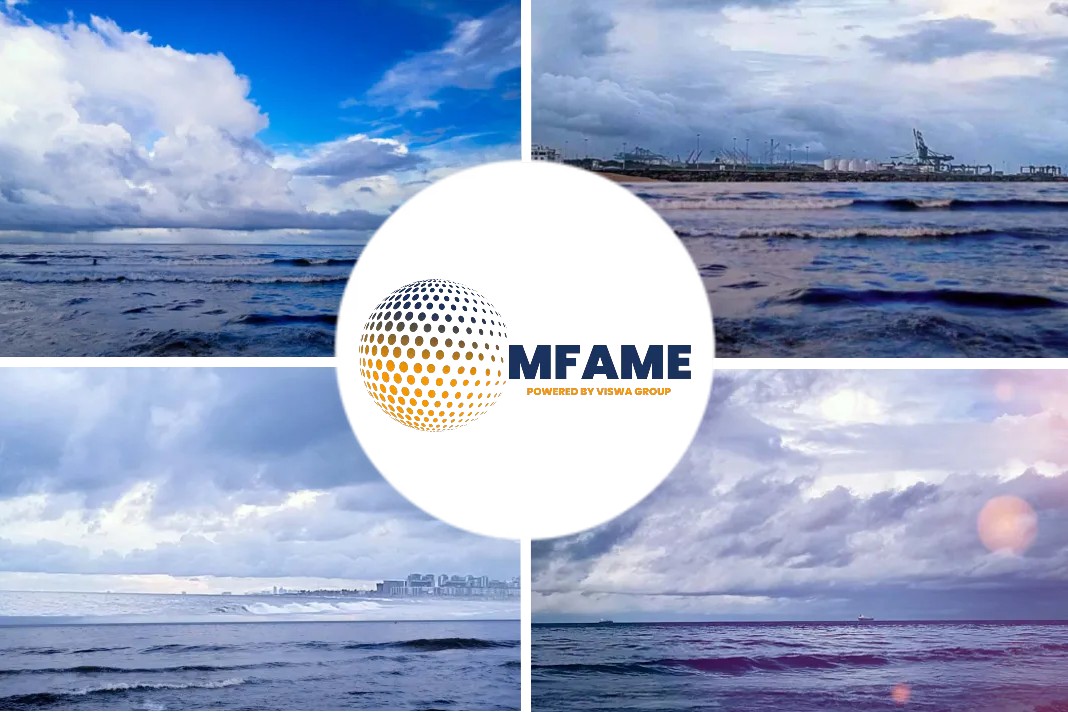
As the fuel spread “deflates considerably,” broker BRS Group claims that owners are facing fewer gains from operating scrubber-equipped vessels, as reported by Trade Winds.
Decreasing oil prices
The French retailer claimed that Asia is responsible for the narrowing of the price gap between very low-sulfur fuel oil (VLSO), which is more expensive, and cheaper high-sulfur fuel oil (HSFO) (VLSFO).
According to the broker, Asian refineries have increased their utilisation, and a shortage of vacuum gas oil and residual fuel oil is causing divergence patterns in bunker pricing benchmarks.
While HSFO prices have been more resilient, VLSFO prices have closely followed the decrease in oil prices.
In Singapore, a significant centre for bunkering, HSFO prices increased 1.2% week over week to February 17.
VLSFO, on the other hand, dropped by 7.7%, bringing the VLSFO-HSFO gap below $200 per tonne and a $60 week-over-week decline.
The spread had reached highs not seen since the immediate aftermath of gasoline limitations on sulphur content that were implemented at the beginning of 2020.
The cost of both fuels decreased in Rotterdam. With VLSFO down 7.3% and HSFO down 5%, the margin fell to $160 per tonne from $184 the previous week.
Here to stay?
Both the Singapore and Rotterdam spreads are currently trading at $20 per tonne lower than the same time last year, according to BRS, even though the speed of the reductions is faster in Singapore.
“But, we think that the supply squeeze on middle distillates has not yet reached its top, therefore it is too soon to say that this downward trend is a permanent one.”
Owners of scrubber-equipped vessels can make a lot of money when the fuel spread is large.
A 2011-built VLCC is estimated by Clarksons Securities to earn $58,700 a day on Monday, but one with a scrubber can make an additional $10,100.
With a scrubber, a contemporary VLCC can earn an extra $7,400 per day.
A Capesize bulker would cost $6,900 per day, and an eco VLGC would cost $7,300.
Did you subscribe to our newsletter?
It’s free! Click here to subscribe!
Source: Trade Winds
























